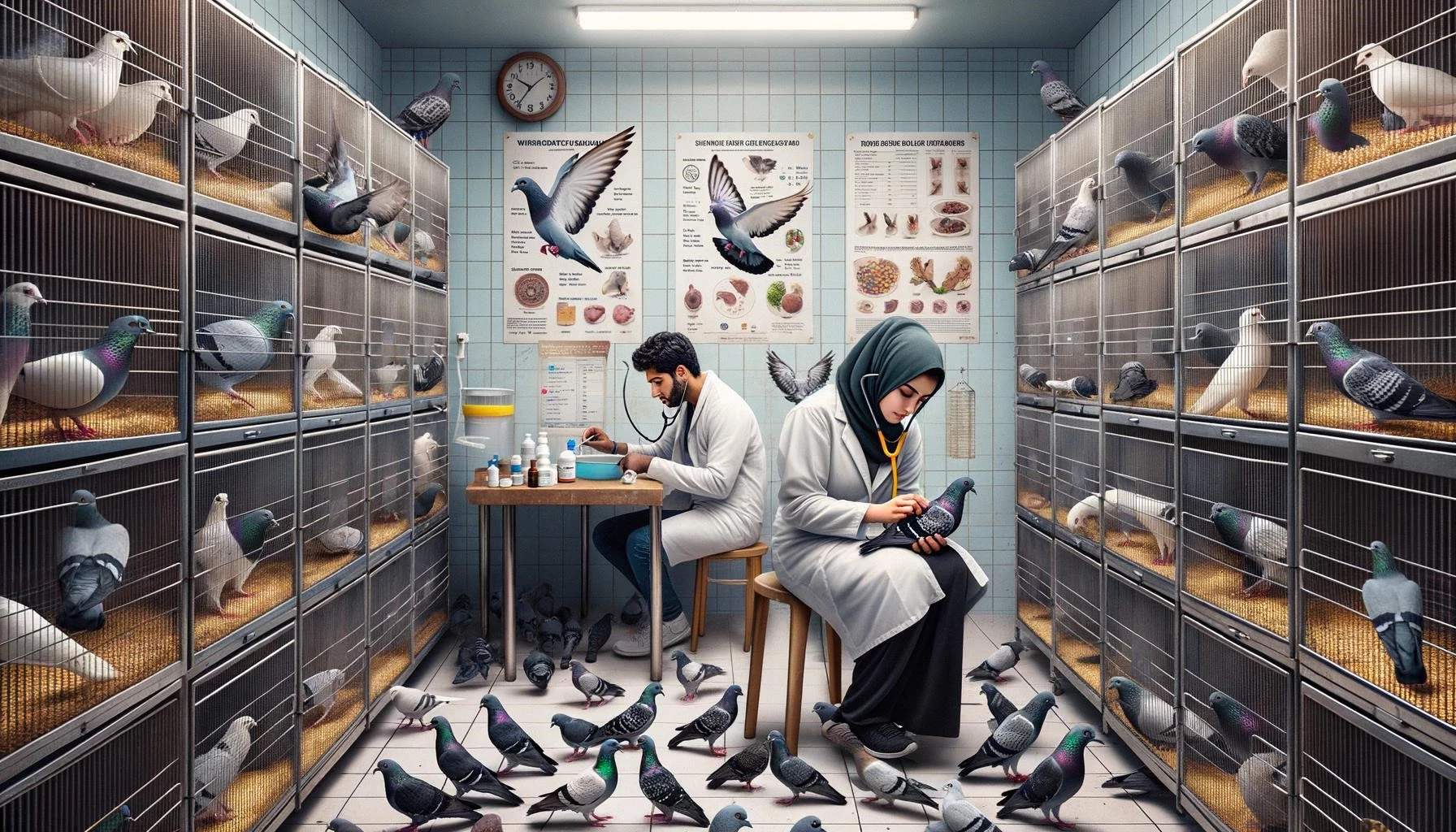Pigeons, often referred to as ″rats with wings,″ are a common sight in cities around the world. While they may not be considered a traditional invasive species, they can have significant ecological impacts in urban environments. This article will explore the relationship between pigeons and invasive species, looking at their impact on native bird species, ecosystems, and human health.
Key Takeaways
- Pigeons are not traditionally classified as invasive species, but their adaptability and competitive behavior can lead to the displacement of native bird species in urban areas.
- They can alter local ecosystems by outcompeting other birds for resources and nesting spaces.
- Pigeons are often associated with ecological and health concerns, including the spread of diseases and the contamination of food sources.
1. Impact on Native Bird Species
While pigeons themselves are not typically considered invasive species, their presence in urban environments can have negative effects on native bird populations. Pigeons are highly adaptable and able to thrive in urban habitats, which can lead to increased competition for resources such as food and nesting sites.
In some cases, pigeons can outcompete native bird species for these resources, leading to a decline in their populations. Native birds may struggle to find suitable nesting spaces or face increased competition for food, which can ultimately impact their survival and reproduction rates.
Furthermore, pigeons are known to bully and displace smaller bird species, further exacerbating the impact on native bird populations. This disruption to the natural balance of urban ecosystems can have lasting effects on the biodiversity of the area.
2. Ecological Impacts
While the impact of pigeons on native bird species is a concern, their presence can also have broader ecological impacts. Pigeons produce large amounts of waste, which can contaminate water sources and contribute to environmental pollution. Their droppings can also damage infrastructure, such as buildings and statues, leading to costly repairs.
In addition, the presence of pigeons can impact plant diversity in urban areas. Pigeons are known to consume and disperse seeds, which can lead to the spread of non-native plant species. This can disrupt local ecosystems and negatively impact the growth and survival of native plants.
Pigeons also contribute to the decline of certain bird species that prey on them or their eggs. This disruption in predator-prey relationships can have cascading effects on the overall health and diversity of ecosystems.
3. Human Health Concerns
Pigeons can also pose risks to human health. Their droppings contain bacteria, fungi, and parasites that can cause respiratory issues or other health problems when inhaled or exposed to human skin. In areas with high pigeon populations, the accumulation of droppings can create unsanitary conditions.
Pigeons are also known carriers of diseases such as salmonellosis, cryptococcosis, and histoplasmosis. While the risk of contracting these diseases from casual interactions with pigeons is relatively low, the public perception of their potential health hazards has contributed to negative attitudes towards these birds.
Ultimately, the negative perception of pigeons as a health risk and nuisance has led to measures such as culling and deterrent strategies in many urban areas. However, it is important to consider the broader ecological implications of these actions and strive to find a balance between managing pigeon populations and preserving urban biodiversity.
In conclusion, while pigeons are not typically classified as invasive species, their presence in urban environments can have significant impacts on native bird populations, ecosystems, and human health. Understanding and addressing these impacts is crucial for maintaining the balance of urban ecosystems and promoting sustainable coexistence between humans and wildlife.









